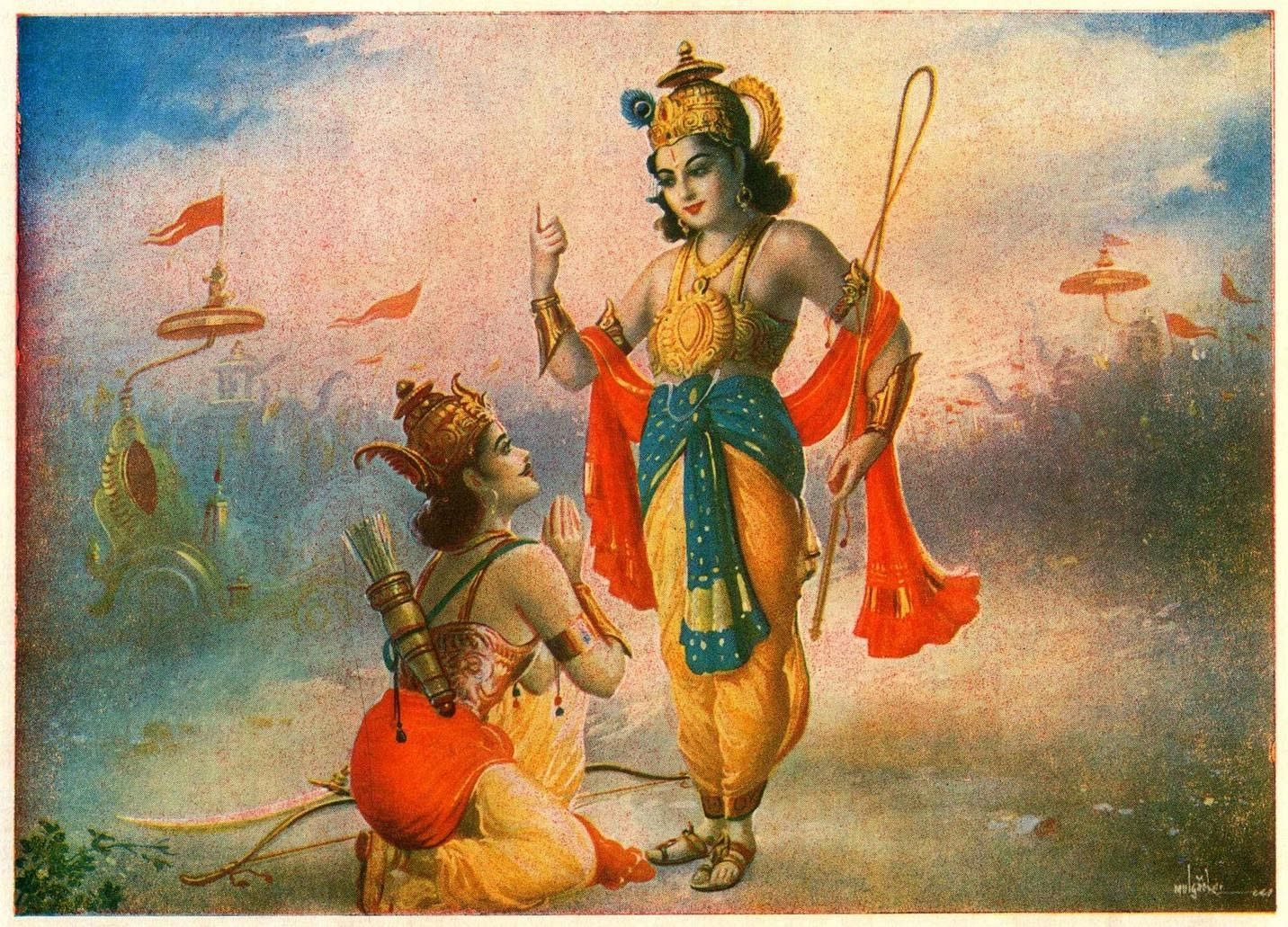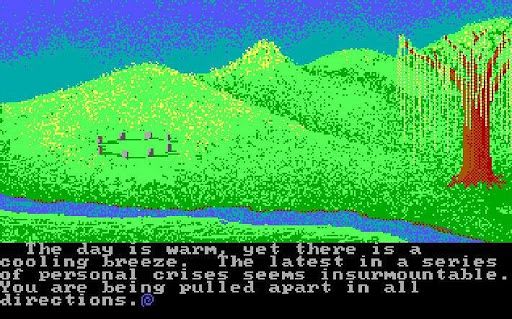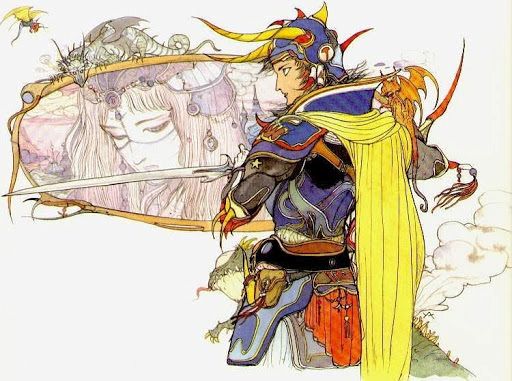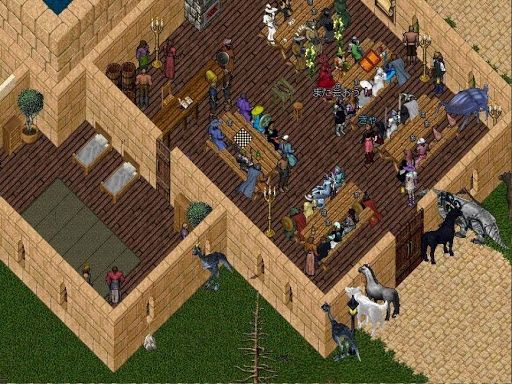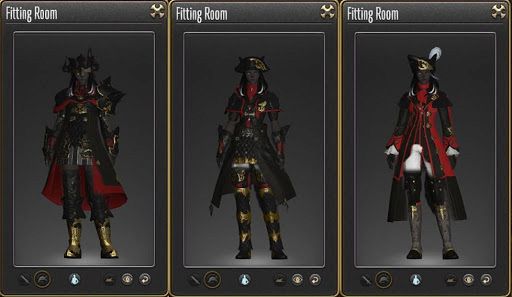“Although I am not in my nature subject to birth or decay, and am the lord of all created beings; yet, having command over my own nature, I am made evident by my own power; and as often as there is a decline of virtue and injustice, in the world, I make myself evident; and thus I appear, from age to age, for the preservation of the just, the destruction of the wicked, and the establishment of virtue.”
Bhagavad Gita, 4.6-8
The oft-quoted passage above, translated from Sanskrit by Sir Charles Wilkins in 1785, describes the Hindu god Vishnu’s role in the Bhagavad Gita. Framed as the exchange between a warrior prince and his charioteer, this classic text finds Prince Arjun overwhelmed with doubt over the moral imperative of an impending battle. As the prince’s resolve wavers, his charioteer reveals himself as Krishna, the eighth avatar of Vishnu, whose spiritual counsel forms the basis of the text. Although the concept of the avatar – derived from the Sanskrit verb avatara, often translated as “to descend” – has been variously applied to many deities throughout Hindu scripture, it is most commonly used in reference to the earthly incarnations of Vishnu, which manifest in times of moral decline.
It was with these mythologies in mind that video game developer Richard Garriott first applied the word “avatar” to describe the player character within the virtual space of Ultima IV: Quest of the Avatar. Released in 1985 for the Apple II computer system, Ultima IV was a narrative-driven role-playing game in which the protagonist — the titular avatar and, by extension, the user — was entrusted not with the defeat of an overarching evil, but to establish themselves as a spiritual leader within the world of the game. Each of the player’s actions were judged against several metrics and, by Garriott’s design, a user who strayed too far from the path of righteousness would have no hope of overcoming the game’s challenges.
The hallmark of the role-playing genre is player choice: it is always the intervention of the user that drives the plot forward, and players are invited to establish a personal connection with their on-screen character. This relationship is nurtured through robust character customization systems, allowing the user to generate a unique, personalized avatar, and the creation of compelling storylines to elicit an emotional response. Although inspired by Garriott’s work, the iconic Final Fantasy series, originally released on Nintendo’s third generation Famicom console, would engender an entirely new subgenre of Japanese-style role-playing games, thanks in large part to the distinct visual style developed by character designer Yoshitaka Amano. Its first entry in 1987 featured four silent protagonists with which the player could easily identify; the idea of the player character being devoid of personality, and therefore easy to psychologically project onto, would become a recurring narrative strategy throughout the genre. Recent “Western-style” open world games such as the multi-platform The Elder Scroll V: Skyrim have become so complex that they resemble fully realized virtual worlds, complete with radiant AI systems that replicate the spontaneity of reality.
While only the most primitive of graphics were possible on the 8-bit Apple II, the sprawling 2D environments and rich narrative interludes of Ultima IV helped transport the user into the captivating fictional kingdom of Britannia. Garriott’s conceit in Quest of the Avatar was to encourage the user to assume responsibility for their actions within the in-game world, creating tangible stakes, heightening the sense of immersion, and ultimately inspiring moral introspection. In appropriating the term “avatar,” Garriott was primarily inspired by the metaphysics of divine incarnation — the conception that the player could symbolically “descend” into the game world — but also took influence from the spiritual framework advanced in texts such as the Bhagavad Gita. Worshipped as the protector of creation, Vishnu’s primary role is the maintenance of dharma, or the righteous ordinance of the universe. To ensure the triumph of good over evil, the benevolent deity periodically assumes a corporeal form to intervene in the affairs of mortals, much like how the user’s avatar mediates the virtual reality of Ultima IV.
The term “avatar” has come to describe any visual representation of a user in our ever-expanding internet and digital media realms. With online message boards evolving into functional virtual communities at the turn of the millennium, avatars began to be employed as symbolic surrogates by community members to accompany their posts. Initially no more than modest pixelated icons, the avatar has become more ubiquitous and complex, often designed around various themes and made available for download online. On some platforms, users can acquire an avatar by perusing one of these archives or, if possessed of the creative aptitude, generate their own, thereby assigning their online persona a symbol with which they could identify.
Two communities established during the millennial internet explosion would come to exemplify the preoccupation with the styling of our digital avatars: Gaia Online, a giant forum community with a customizable pixelated avatar system, and IMVU, a social media and messaging platform in which users could style a 3D browser-based avatar. Originally conceived as an anime linklist with accompanying message board, Gaia was characterized by its lighthearted moe (萌え) visual style and close association with the burgeoning global anime fandom of the early aughts. IMVU provided users the opportunity to experience an idealized social life within the virtual space, and much of its user-generated content came to be influenced by popular streetwear trends. Both communities relied on fashion culture to connect users with their anthropomorphic avatars and built functioning economies around the trade of these virtual items. Gaia Online also introduced a system for purchasing exclusive avatar accessories with real-world currency. The demand for these limited-edition fashion items, only available for a month at a time, would eventually lead to the collapse of the website’s virtual economy. Founded one year after Gaia, IMVU persists as the most active avatar-based social media platform, with an unparalleled catalogue of avatar customization options.
The pervasiveness of the internet would move video games online as well, including another iteration of Richard Garriott’s fantasy universe with Ultima Online in 1997. This was an early example of a persistent world, meaning the digital environment continued to exist even when the user was not directly engaged with it; the player would now, quite literally, “descend” into a virtual world that ran parallel to reality. In titles of this genre, user behavior is influenced by rewards systems and for some, especially in the case of popular entries like World of Warcraft and Final Fantasy XIV, customizing one’s avatar would become a central concern. Often eschewing more tangible, gameplay-related rewards, players might spend countless hours in pursuit of obscure wearable items as a means for self-expression, among which the most difficult to acquire are emblematic of the user’s prowess.
Online games with thematic narratives ran parallel to the groundbreaking Second Life platform, which offered subscribers an immersive digital world shaped by its users. Launched in 2003 by developer Philip Rosedale for Linden Labs, the project was a unique departure from the persistent worlds already on the market. Second Life was billed as a virtual reality platform and featured a built-in content creation system that offered limitless potential for avatar customization. With no ultimate challenges or conditions for success, users were free to acquire clothing, hairstyles, and cosmetics; build communities; buy, sell, and rent virtual property; attend lectures, concerts, and parties; and form relationships with other users. This burgeoning society led to the first marketing interventions within the persistent virtual space, taking the form of content sponsorships and, in some cases, the establishment of an online presence within Second Life.
From its initial employment in role-playing games, the term “avatar” has since become emblematic of the means through which users mediate virtual realities. Speculative fiction and cinema have explored similar themes, exemplified by James Cameron’s sci-fi epic Avatar (2009), in which a human consciousness is transferred into an alien body. Avatara is rarely used as a noun in Hindu scripture, and this signification persists in its contemporary use; we understand the term avatar as synonymous with “the act of incarnating.” Contemporary media depicts avatars as human souls made manifest, and as Vishnu’s earthly incarnations are entrusted with restoring balance, early internet culture was rife with optimism around how virtual spaces might improve humanity. This utopian vision was swiftly disrupted by the inevitable exertion of use-value upon digital media, as video games grew into a multibillion-dollar industry and online platforms became increasingly monetized. Avatars and the virtual spaces they inhabit have demonstrated, perhaps unsurprisingly, that they are the vehicles through which consumer culture can replicate itself ad infinitum.
To be continued.
Zachary Sauer is an artist-designer and independent researcher living in Brooklyn. He received a BFA in Fibers from the Savannah College of Art and Design and has worked as a creative consultant for various clients in New York and Los Angeles. His background in design and interest in critical theory inform his ongoing exploration of postmodern visual culture.
